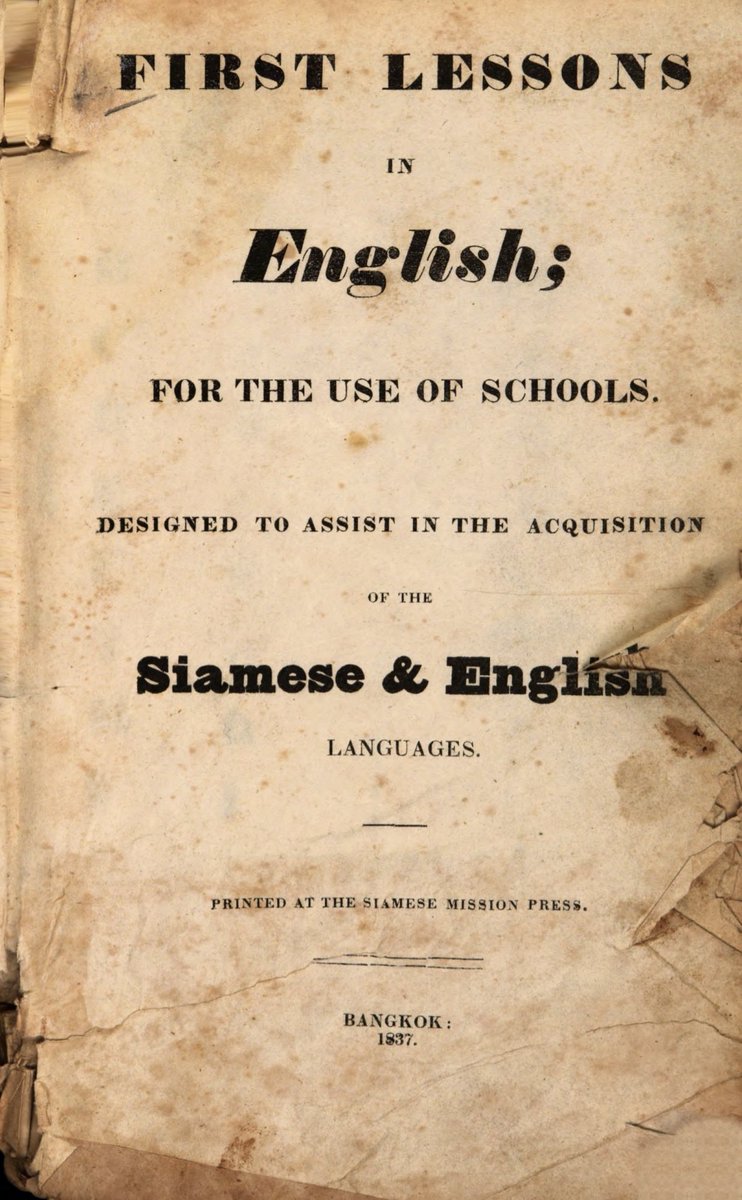I did a thread before on wug trademark filings. I’m going to revisit copyright now. With the April and July demand letters from JBG’s lawyer (which she chose not to disclose in her tweets), the problematic logic of the claim on wug copyright becomes clear. Read on: 1/
Copyright in the US is complex because it’s been extended so many times. The first law in 1790 gave creators just 14 years of control, renewable for 14 more. Extensions happened in 1831, 1909, 1976, 1992, and 1998, with various amendments in between. 2/
The wug came to life in a period before copyright was as long as it is today. The 1992 act made it so all works are automatically copyrighted with no registration required. But that only applied to works whose 28 years were not already up: in other words, works from 1964 on. 3/
The crux of the wug copyright issue is the date of first publication of the wug image. “Publication” here is a technical term, meaning dissemination intended for public access. JBG’s lawyer claims that the wug test was *never published* in this technical sense until 2006. 4/
Their legal argument is that her 1958 thesis does not count as publication, and her 1958 paper in Word is only “cited and/or quoted” from her thesis by others who are not JBG. In other words, the wug is copyrighted now because it was never available to the public until 2006. 5/
How plausible is that? It’s true a thesis is often not widely reproduced, but they are made available to the public. WorldCat shows copies of the 1958 thesis in half a dozen libraries plus Harvard’s. But even ignoring that, how do you say the 1958 paper isn’t published? 6/
The journal Word is one of the oldest linguistics journals, and JBG’s wug paper is arguably the most famous one it has ever published. And it’s published not as quoted excerpts, as her lawyer claims, but under her name, written in the first person, as a complete study. 7/ 

Even if we also ignore that, the 1958 paper was published again in 1961 in a collected volume Psycholinguistics, edited by Saporta. Not as excerpts or quotations, but published in full with the byline “by Jean Berko” and including the familiar images of wugs. 8/ 

Even if we *also* ignore that, the study was published again, sometimes with similar (but not identical) images of wugs. For instance in 1971 (images here are clipped because of Google Books snippet view). 9/ 

Even if we *still* ignored that, the US Dept of Education ran The Research Instrument Project (TRIP), which compiled many newer research methods specifically to make them “readily available”. And Berko’s Test of Morphology with wug images was published in a 1975 report. 10/ 





In all, the wug test paper has been reprinted 11 times. Every single one of them before the 2006 date that her lawyer claims as first publication. But don’t take my word for it: JBG claims the original 1958 paper and all 11 reprints on her public CV. 11/ 

All of this makes it clear how utterly and throughly published the image of the wug has been since its creation, including multiple times pre-1964. Which means its copyright would have had to be renewed by the end of 1986, 28 years after 1958. Which didn’t happen. 12/
And even if it had, the 28-year renewal would have expired at the end of 2014.
The only remaining question I have at this point is whether the original thesis contained artwork beyond the wug images. As far as I know, 2006 was the first time we saw a kazh, a lun, or a bik. 13/
The only remaining question I have at this point is whether the original thesis contained artwork beyond the wug images. As far as I know, 2006 was the first time we saw a kazh, a lun, or a bik. 13/
The 2006 book, which JBG’s lawyer states in demand letters was created in 2003, is obviously eligible for copyright for many more decades.
But the lawyer’s argument about the first technical “publication” of earlier black and white wug images just as obviously holds no water.
But the lawyer’s argument about the first technical “publication” of earlier black and white wug images just as obviously holds no water.
• • •
Missing some Tweet in this thread? You can try to
force a refresh



















